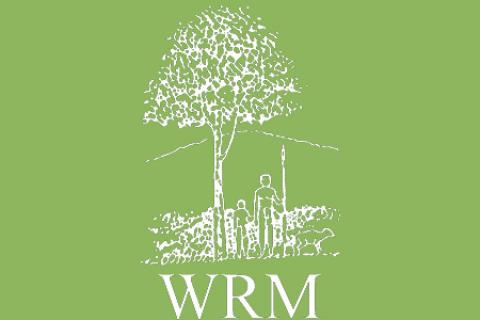The distance between climate science and climate negotiations was dramatically illustrated at the UN climate meeting in Bonn earlier this month. While scientists tell us we need large reductions in greenhouse gas emissions, governments are setting targets for emission reductions that are so low that runaway climate change is almost guaranteed.
Bulletin articles
The June 2009 Climate Talks in Bonn served as the scenario where the new push to include forest preservation within climate change negotiations was expressed.
On May 6th, Minister of Science and Innovation of Flanders (Belgium) Patricia Ceyssens planted a tree. Nothing strange in that of course. What was unusual about this type of “green” ceremony what that this was no common tree. It was in fact the first genetically modified poplar to be planted in an open field trial by the Flanders Institute for Biotechnology (VIB), to be followed by the planting of 119 more GM poplars over the next few days in the same site.
Prey Long is the largest area of intact lowland evergreen forest remaining in southeast Asia. It covers an area of about 3,600 square kilometres in the north of Cambodia. The name, “Prey Long”, means “Our forest” in the language of the Kuy indigenous people who live there. Elephants, tigers, bears, gaurs and banteng roam the forest. The hooting of the pileated gibbon can be heard. Hornbills, vipers, wild pigs and rare crocodiles, turtles, otters and frogs live in the forest.
In Muisne, on the Northeast coast of Ecuador, the inhabitants have developed a lifestyle adapted to mangrove ecosystems, based on fishing and gathering shellfish and crabs. However, their livelihood has been under threat since the eighties, when shrimp farming started expanding in the region (WRM Bulletin nº 51, October 2001).
At a ceremony held in San Francisco, USA on 20 April 2009, Marc Ona Essangui was presented with the prestigious Goldman Environmental Prize, which recognizes grassroots activists who take significant risks to protect the environment and communities in their countries.
Since 9 April, the communities of the Peruvian Amazon have started what they have called an “indefinite strike” all over the Peruvian Amazon, in response to the failure of the Congress of the Republic to repeal six decrees considered prejudicial to the indigenous peoples.
The rapid rise in global demand for cheap shrimp and farmed salmon has caused extensive degradation of mangrove wetlands and other coastal ecosystems and subsequent losses in biodiversity. These losses have also destroyed livelihoods among local communities and indigenous peoples in many nations across the global South.
The FAO has recently released the 2009 edition of its “State of the World’s Forests” which, as usual, includes tree plantations as being part of the world’s “forests”. In spite of all the evidence documented by WRM and others proving that monoculture tree plantations result in social and environmental disaster –including forest destruction- the FAO continues to provide a “green” disguise to the plantations industry by defining them as “planted forests”.
We recently received a publication released in 2008 by FOBOMADE and Rainforest Foundation Norway, written by Pablo Cingolani, Álvaro Díez Astete and Vincent Brackelaire and entitled “Toromonas. La lucha por la defensa de los Pueblos Indígenas Aislados en Bolivia” (Toromonas: the struggle for the defence of the Isolated Indigenous Peoples in Bolivia), which presents an exhaustive account of the situation of isolated indigenous peoples in the region.
he old Lepcha tribe were isolated forest dwellers living harmoniously with nature over centuries. They were hunters and gatherers leading nomadic lives until mid-nineteenth century when they began practicing settled agriculture. They are known for their rich cultural heritage and for being sacred and restricted, especially to outsiders.
The Mekong River is one of the world’s major rivers and flows along 4,350 km (2,703 miles) draining an area of 795,000 km2. (1) As Aviva Imhof from IRN beautifully describes it, “the Mekong River is a changing kaleidoscope of cultures, geography and plant and animal life. From a small trickle in Tibet, the river quickly gathers steam and carves magnificent gorges through Yunnan Province of China.
